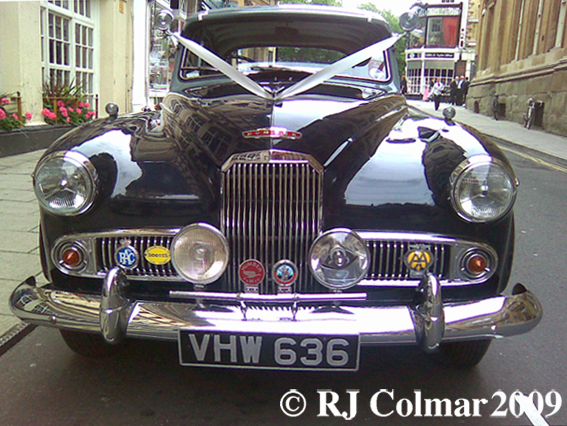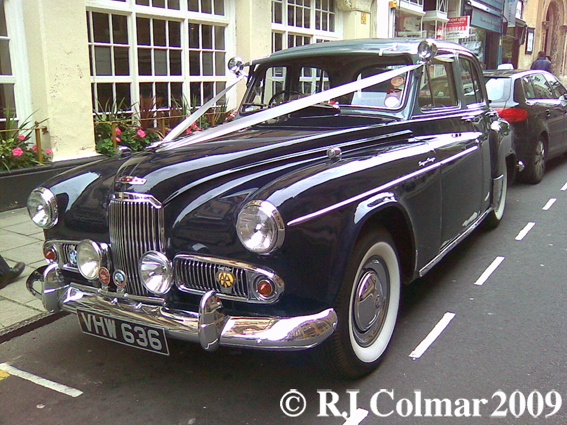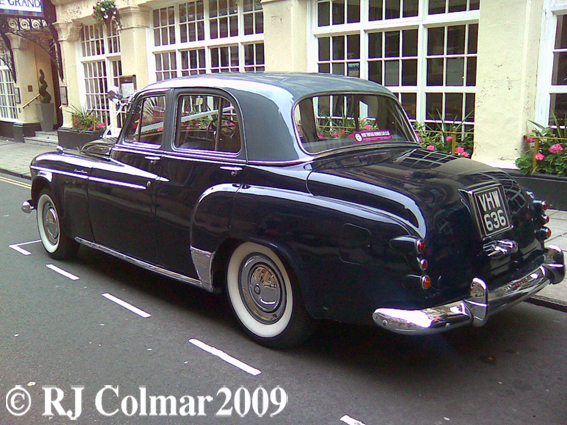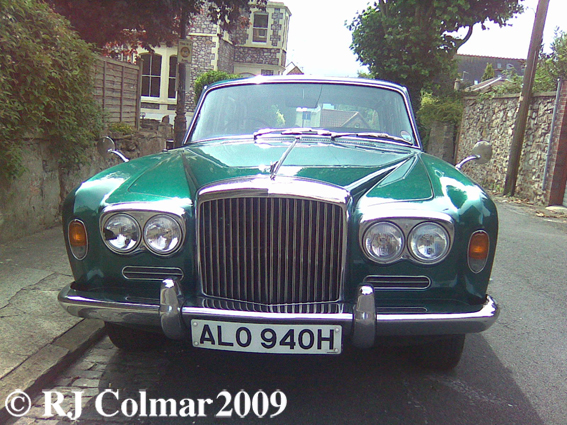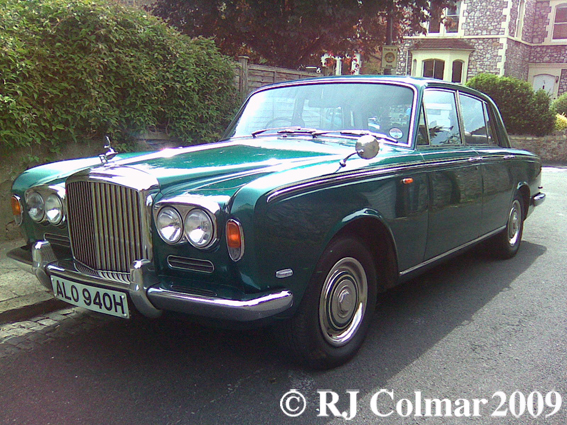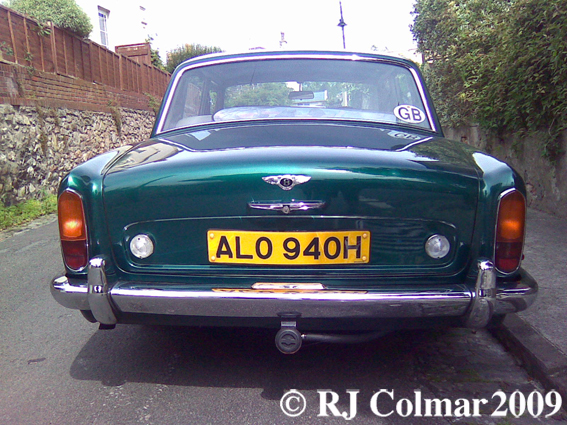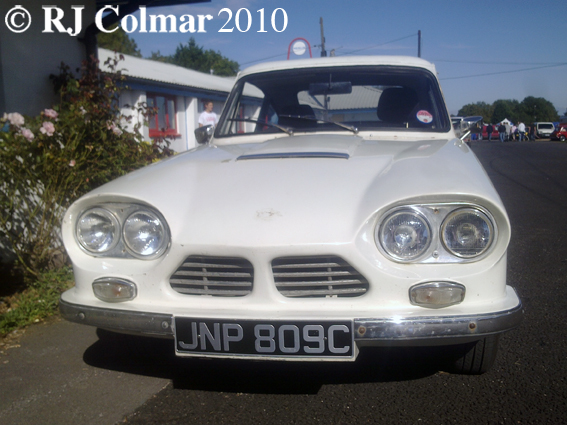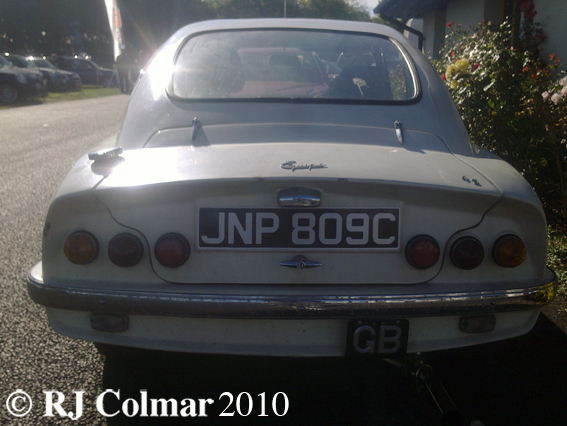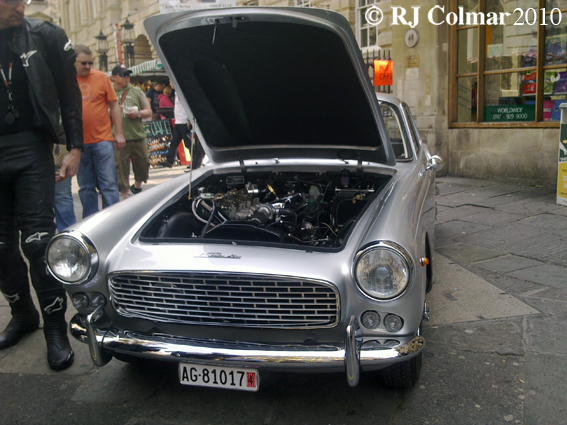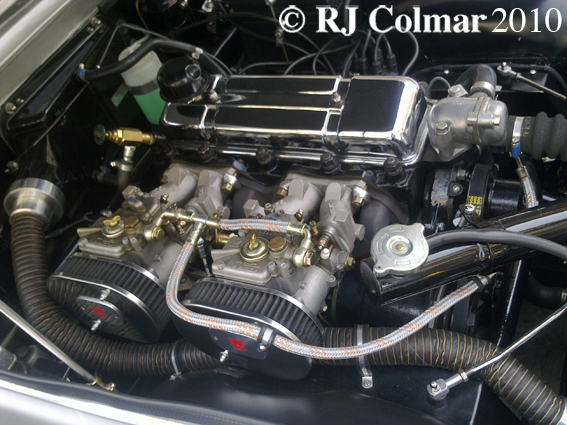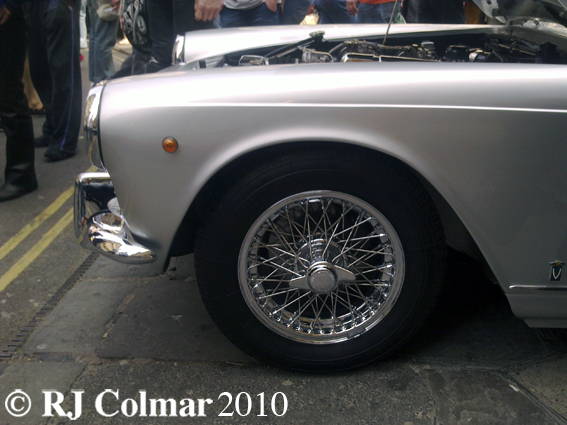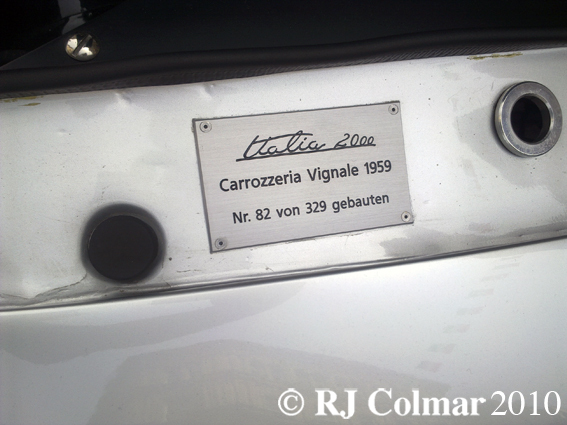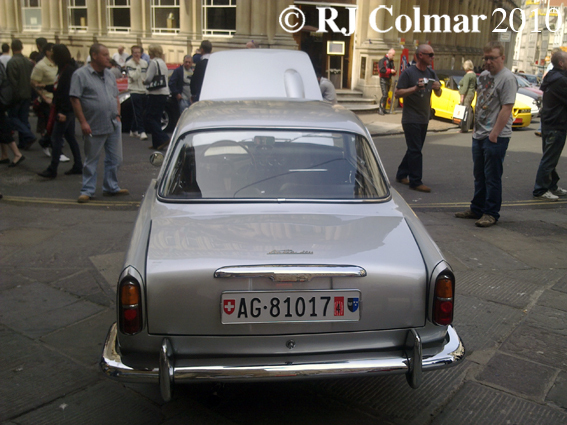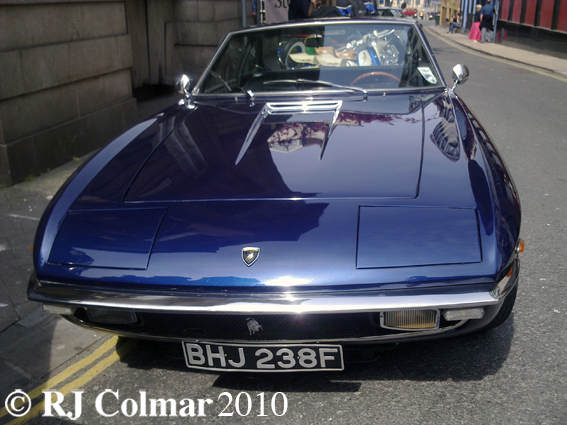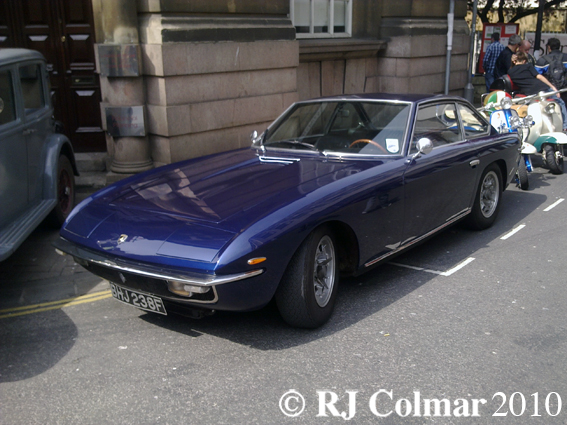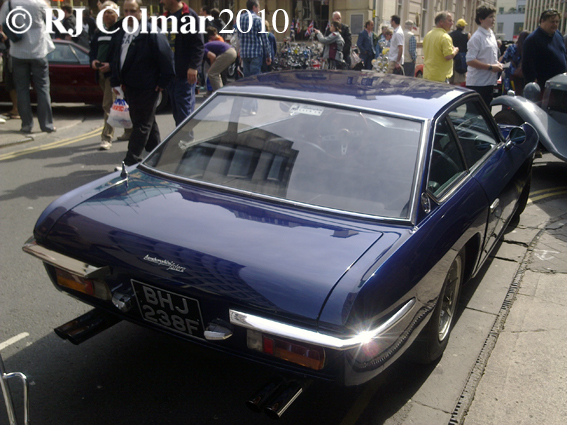Race Winning Myth – Triumph GT6
A couple of months ago I got up horrendously early to go filming with the only namesake I know, Opposite his house was this MK3 Triumph GT6.
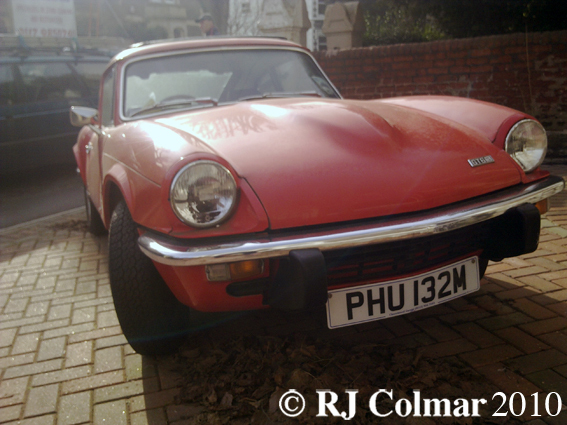
The GT6 was originally concieved by Giovani Michelotti and Triumph in 1963 as a Coupe version of the 4 cylinder Triumph Spitfire and was to be known as the Spitfire GT4. Unfortunately while the styling won plenty of kudos the Spitfires 1147 cc / 70 cui engine struggled to cope with the extra body weight.
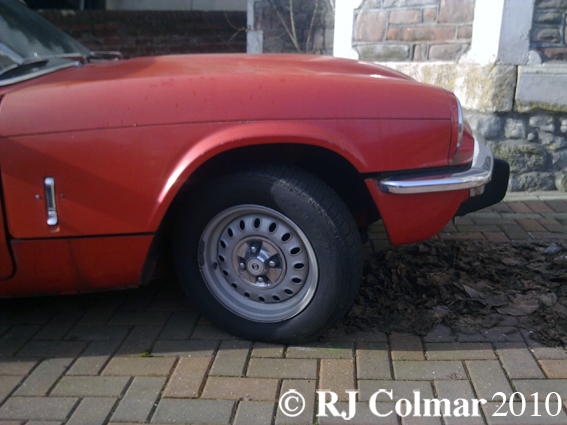
However the boffins in the Triumph racing department saw the advantage of using the sleek GT4 body for it’s upcoming 1965 Le Mans programme and made fibre glass copies of the fast back and grafted them on to the tuned racers they were building, thus the racers did not incur the same weight penalty as the one off GT4 built by Michelotti. The Spitfires of Jean – Jaques Thuner / Simo Lampinen and Claude Dubois / Jean-Francois Plot came in 13th and 14th winning their class against several Alpines non of which were classified as finishers.
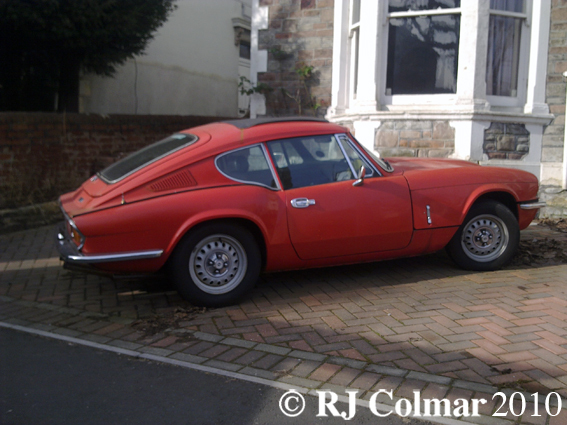
Triumph decided to capitalise on the racing success by developing the GT6 fitted with the 6 cylinder 1998cc 121.9 cui engine from the Vitesse model. The handling of the Mark I GT6 launched in 1966 was so bad, it understeered/pushed terribly compared to the Spitfire because of the extra weight of the 6 cylinder engine, that huge improvements to the rear suspension were introduced for the 1968 MK2.
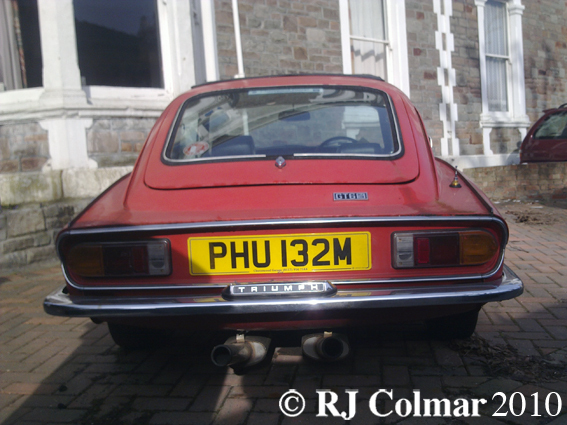
The MK3 GT6 introduced in 1970 features a completely different body to the earlier versions broadly in line with upgraded of the Spitfire MKIV. The GT6 MK3 comfortably out performed it closest competitor the MGB 0-60 mph by nearly 3 seconds and top speed by 12mph yet the MGB outsold the GT6 despite the marketing myth that the GT6 was developed from the “race wining Le Mans Spitfires”, when as we have seen the GT was a separate programme that predated the racing programme.
History class over, wishing you all a fine day, don’t forget to come back now.



